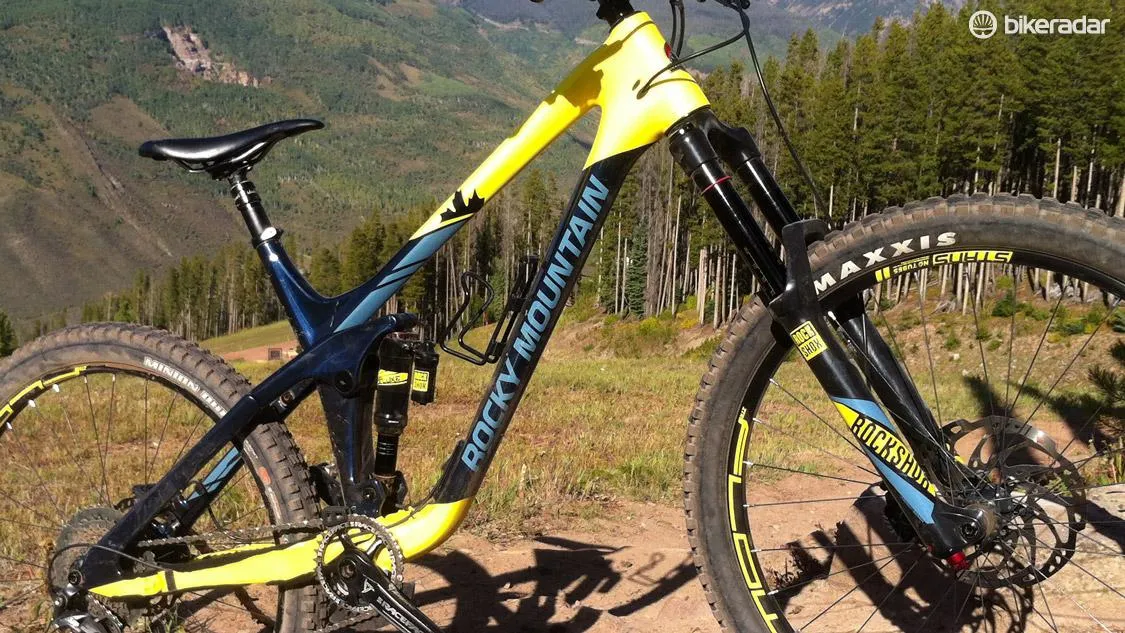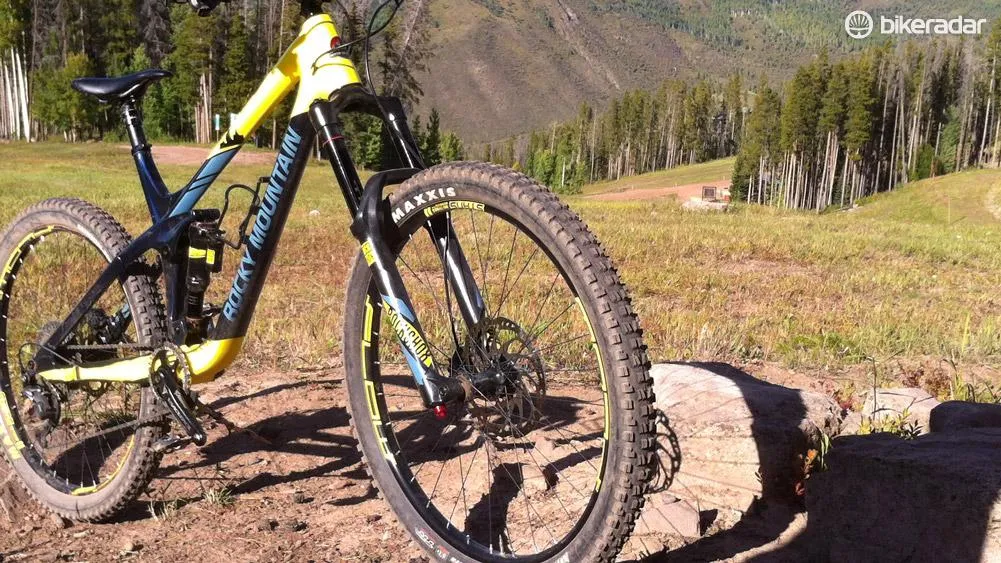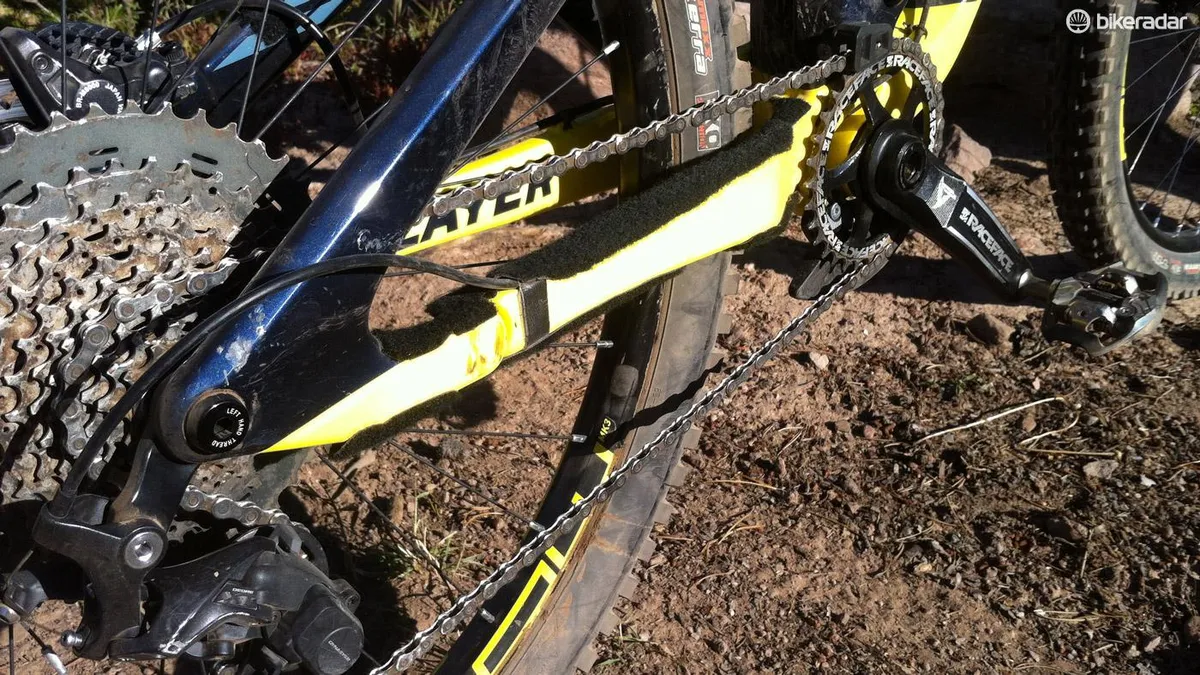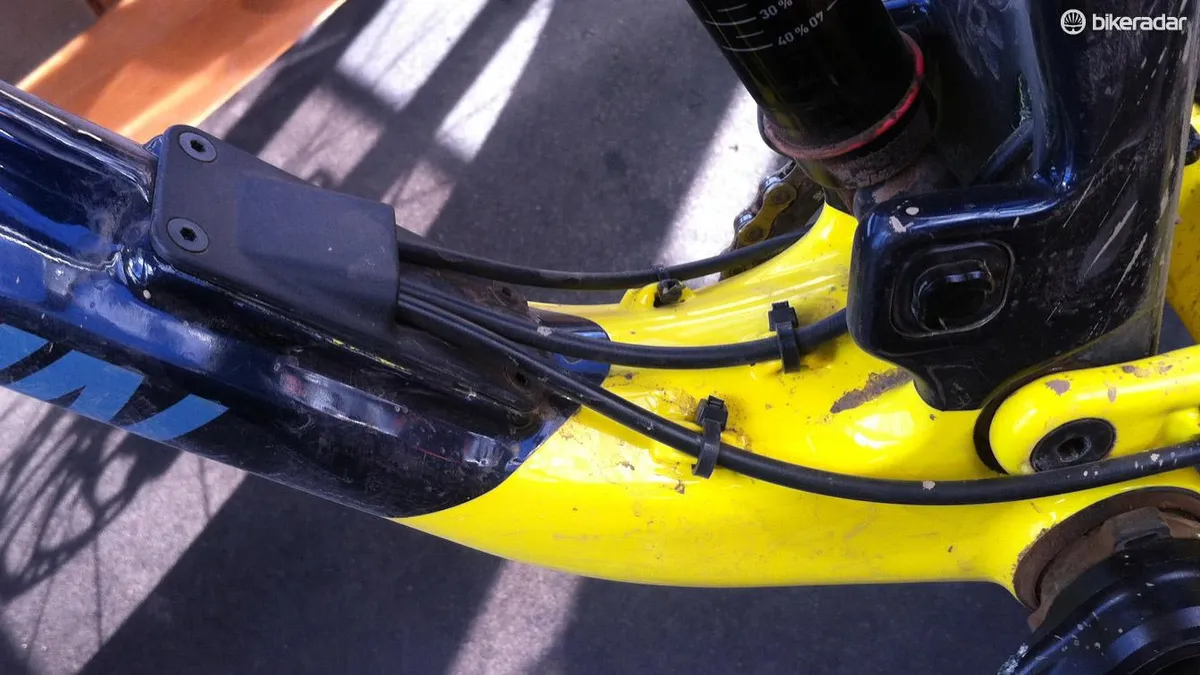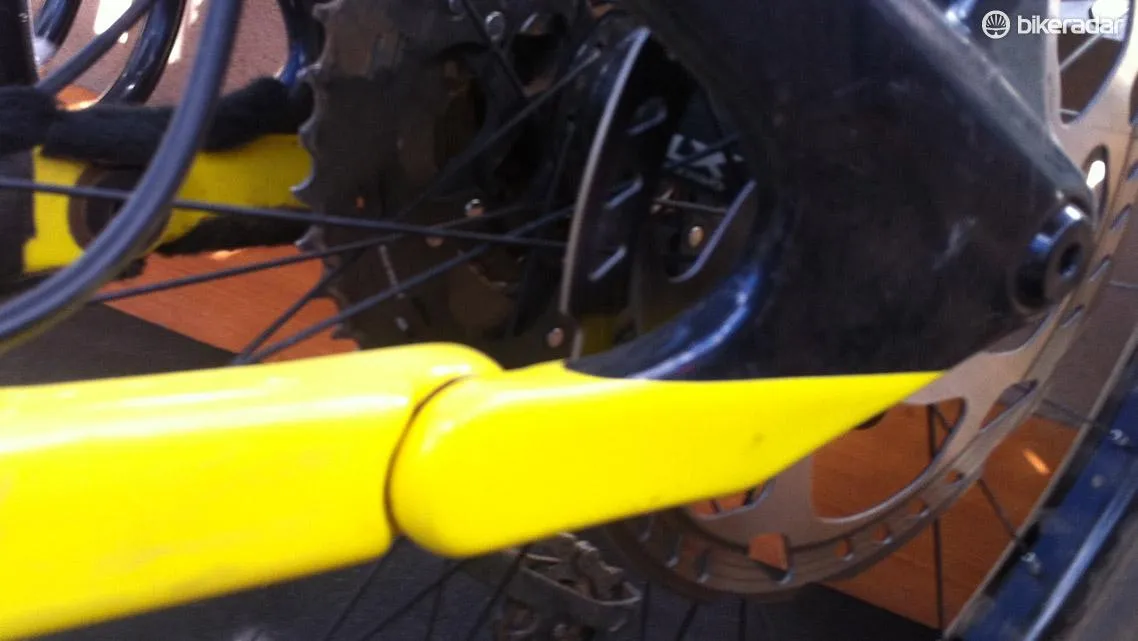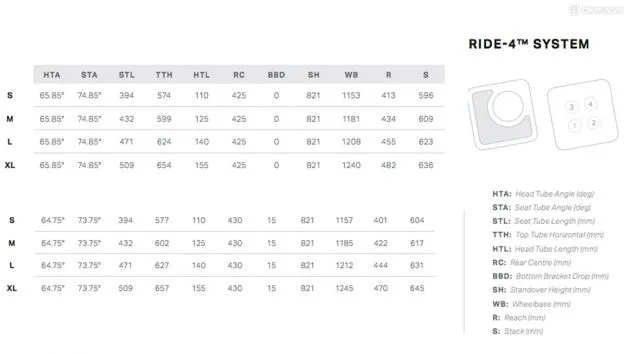Rocky Mountain's Slayer is back and it's meaner than ever. Throughout the Slayer's history, it's always been a longer travel, aggressive machine that could still haul itself up the hills and into the backwoods. This latest iteration takes it even further; for 2017 the Slayer gets more travel and is lower, slacker and stiffer.
Rocky Mountain offers four versions of the Slayer and two color schemes: a yellow/dark blue or a matte red/dark gray. All models feature the same carbon fiber frame that shares its silhouette with Rocky Mountain's Maiden downhill machine.
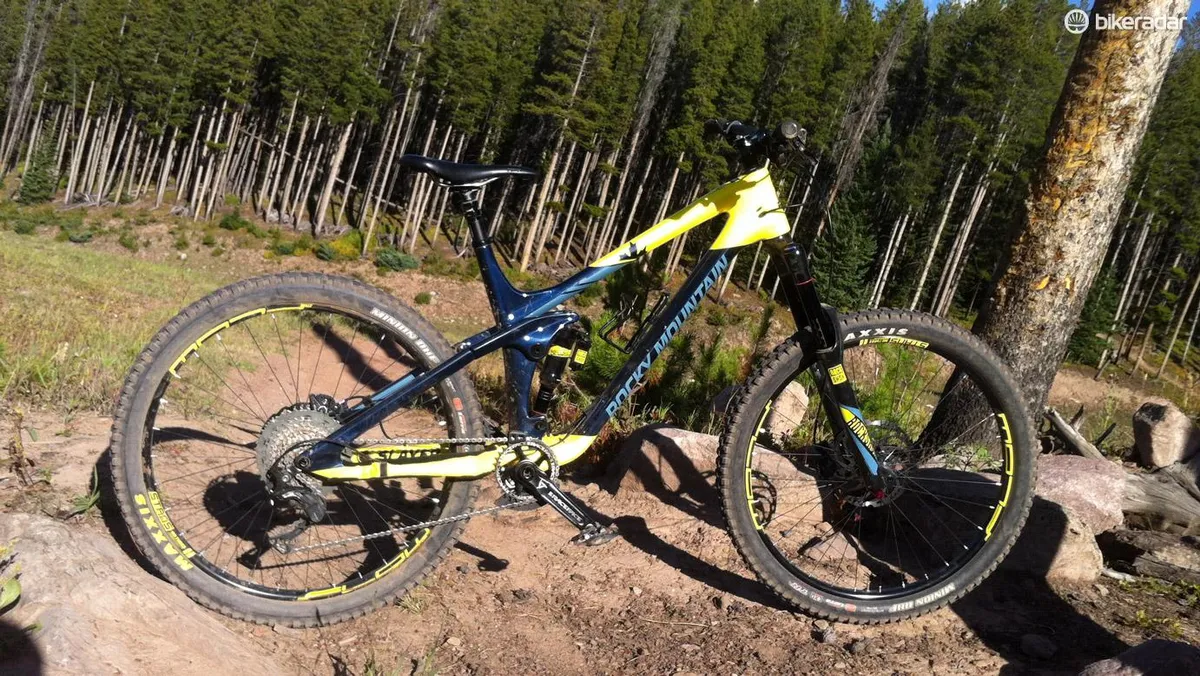
Rocky Mountain Slayer 750 MSL spec overview
- Smoothwall carbon C13 frame
- Ride-4 adjustable geometry
- Compatible with 27.5in and 26+ tires
- RockShox Lyrik RC fork, 170mm
- RockShox Super Deluxe Debonair RC3 shock, 165mm
- Shimano SLX/XT drivetrain w/ Race Face Aeffect cranks
- Shimano SLX discs, 203/180mm rotors
- Alex/Shimano wheels
- Maxxis Minion 27.5x2.5in tires
- Race Face Turbine dropper post
Rocky Mountain Slayer 750 MSL frame and equipment
A load of carbon fiber makes up the Slayer 750 MSL. The tubes, as is the trend nowadays, are massive with equally large junctions at the head tube, bottom bracket, and seat tube where the rocker pivots. 2.5in Maxxis Minion rubber finds plenty of space between the stays, and Rocky Mountain notes that 26+ tires should fit just fine.
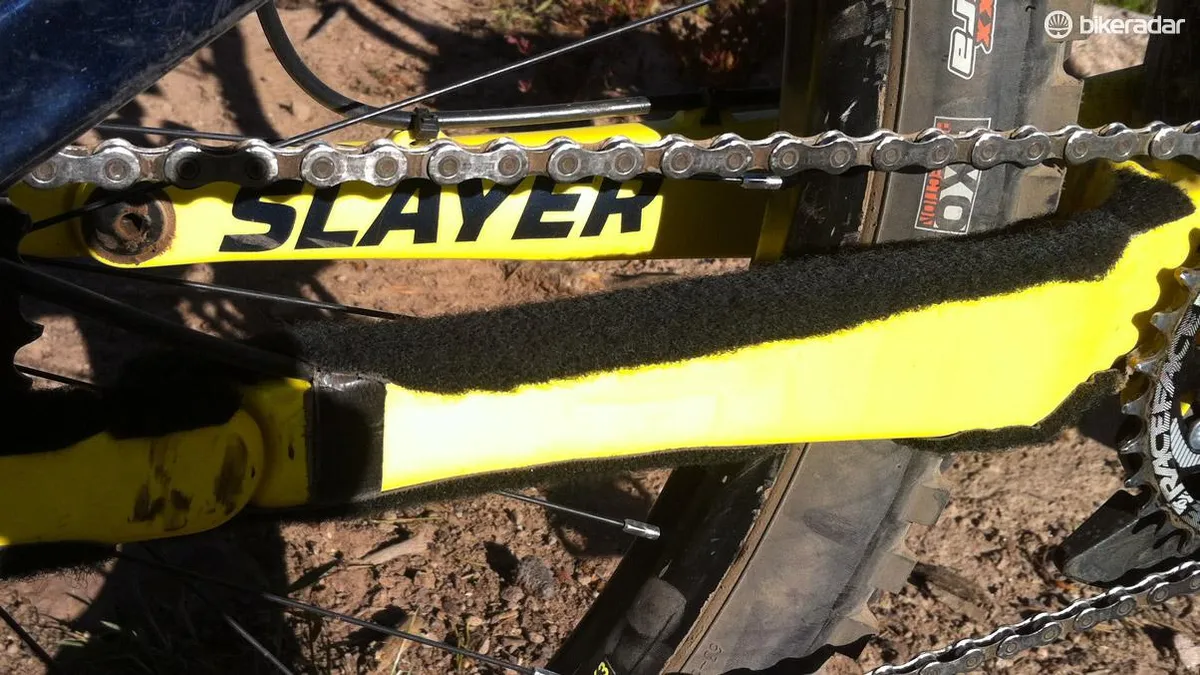
Rocky Mountain's adjustable geometry got trimmed down from Ride-9 to Ride-4, which makes more sense as most riders will likely find any of the steeper/higher settings to be unnecessary on a bike like this. Ride-4 can be altered by an offset chip in the lower shock mount.
In slack mode, the Slayer has a 64.75-degree head tube. With the steep setting, the head tube sits at 65.85 degrees. Bottom bracket drop plunges 15mm across the high to low settings in the Ride-4 system.
Rocky Mountain Slayer 750 MSL ride impression
True to its enduro/bike park billing, the Slayer 750 MSL becomes the life of the party when gravity is helping blur the lines. Luckily my rides were at a bike park and there was plenty of elevation to exploit.
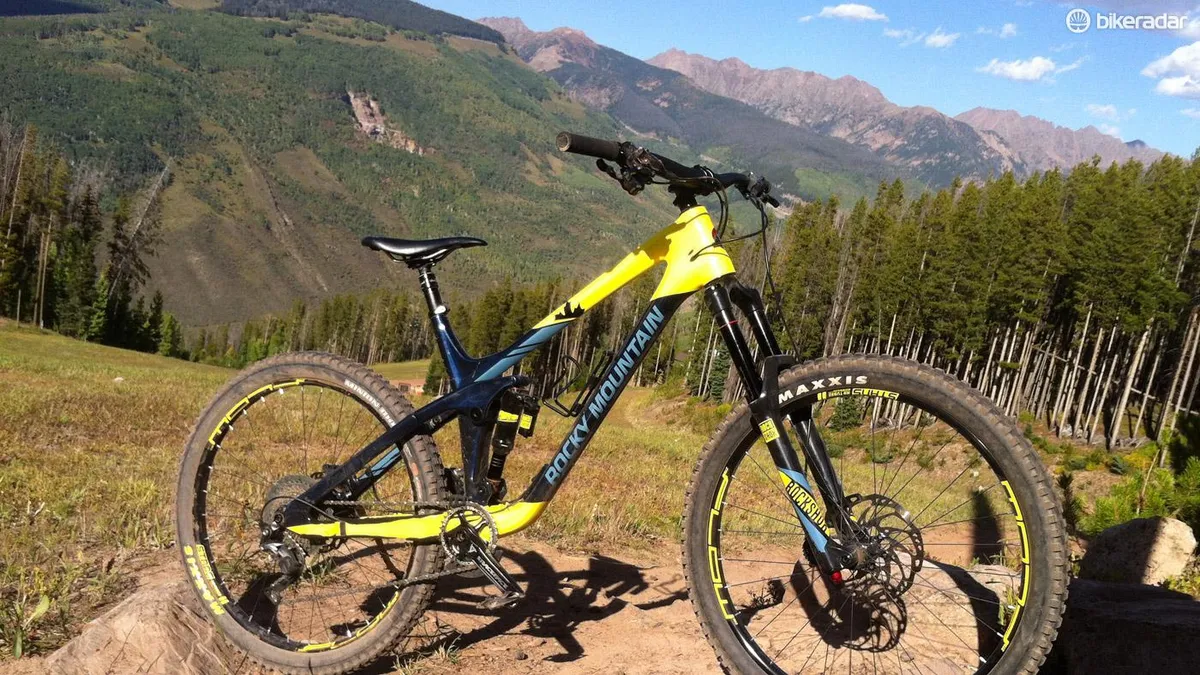
It's a bit of a cliché, but the term "mini-downhill bike" comes to mind. Except it's not all that "mini." Like a true downhill sled, the Slayer starts feeling good, like really good, as the speeds increase. The ride is one where you can let go of the binders and truly focus on pointing and smashing through the next section. I rode in the slackest Ride-4 setting, and the head angle felt very confident no matter how steep the trails were.
It didn't take long before I knew to trust the Slayer. It felt so stiff and bottomless that I think the pilot would be the only limitation on descents. Lofting it into the air was met with DH-bike control and lawn-dart confidence. Unlike smaller bikes where every transition seems like a sniper landing, the Slayer didn't punish me for casing jumps, landing crooked or overshooting to flat.
On the flip side of that equation, the Slayer felt like a big bike when speeds were slow or when climbing. The rear-end behaved well enough with minimal bob for a rig with this much suspension, but there's no getting around the raked out front-end and the wheel flop associated with that low head angle.
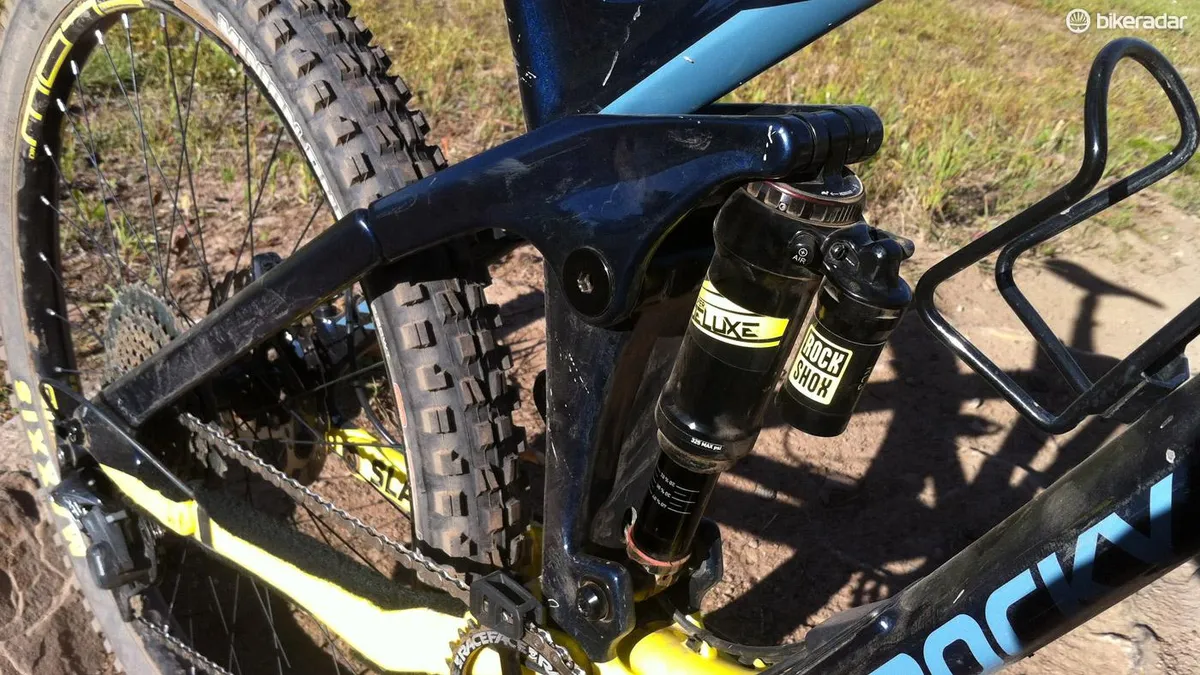
Rocky Mountain Slayer 750 MSL pricing and availability
- Slayer 790 MSL — £TBC / US$6,999 / AU$TBC
- Slayer 770 MSL — £TBC / US$5,799 / AU$TBC
- Slayer 750 MSL — £TBC / US$4,999 / AU$TBC
- Slayer 730 MSL — £TBC / US$4,199 / AU$TBC
- Slayer Frame with Fox Float X2 EVOL shock -- £TBC / US$3,199 / AU$TBD
- Available December 2016
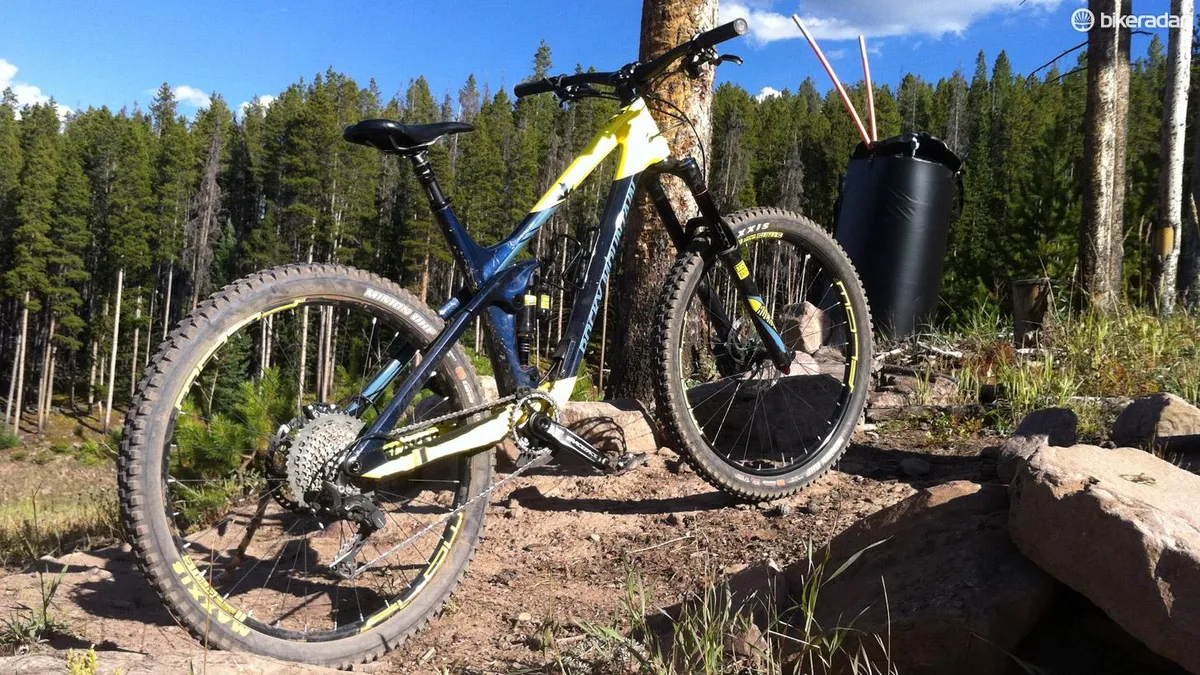
Rocky Mountain Slayer 750 MSL vs. the competition
To say there's a bit of competition in this segment is a giant understatement. Enduro racing and enduro bikes are basically the hottest discipline right now in the ever-changing mountain bike landscape. The major contenders are: Pivot Firebird, Specialized Enduro, Yeti SB6c, Trek Slash, Ibis Mojo HD3, Santa Cruz Nomad, YT Capra, GT Sanction, Cannondale Jekyll and the list goes on and on.
While the choices are vast, the good news is you can definitely find an enduro bike that caters to your needs and terrain, whether that be all-out descending speed or climbing prowess.
Rocky Mountain Slayer 750 MSL early verdict
The Slayer sits at interesting crossroads of enduro crushing and do-it-all capability. While it's super impressive in its ability to annihilate nasty runs, which is perfect for its enduro race billing, I was left wondering if it was too much, possibly losing a bit of the pop and playfulness that makes mid-travel bikes so fun. I'm hoping a few tweaks to the suspension can alter its personality and make it a realistic daily driver.

